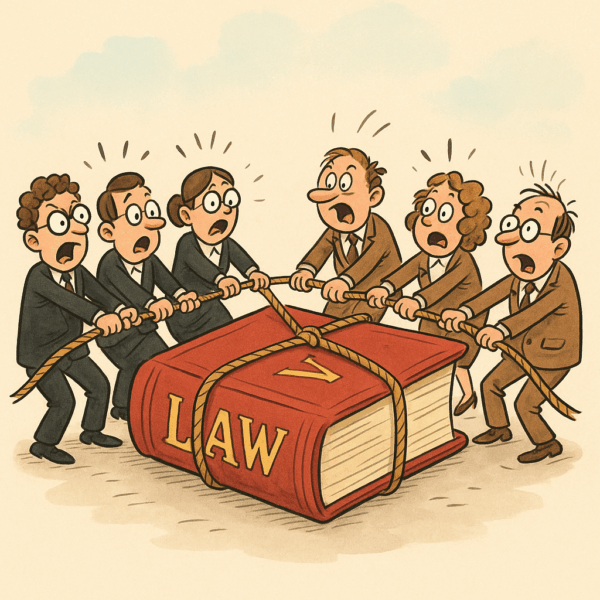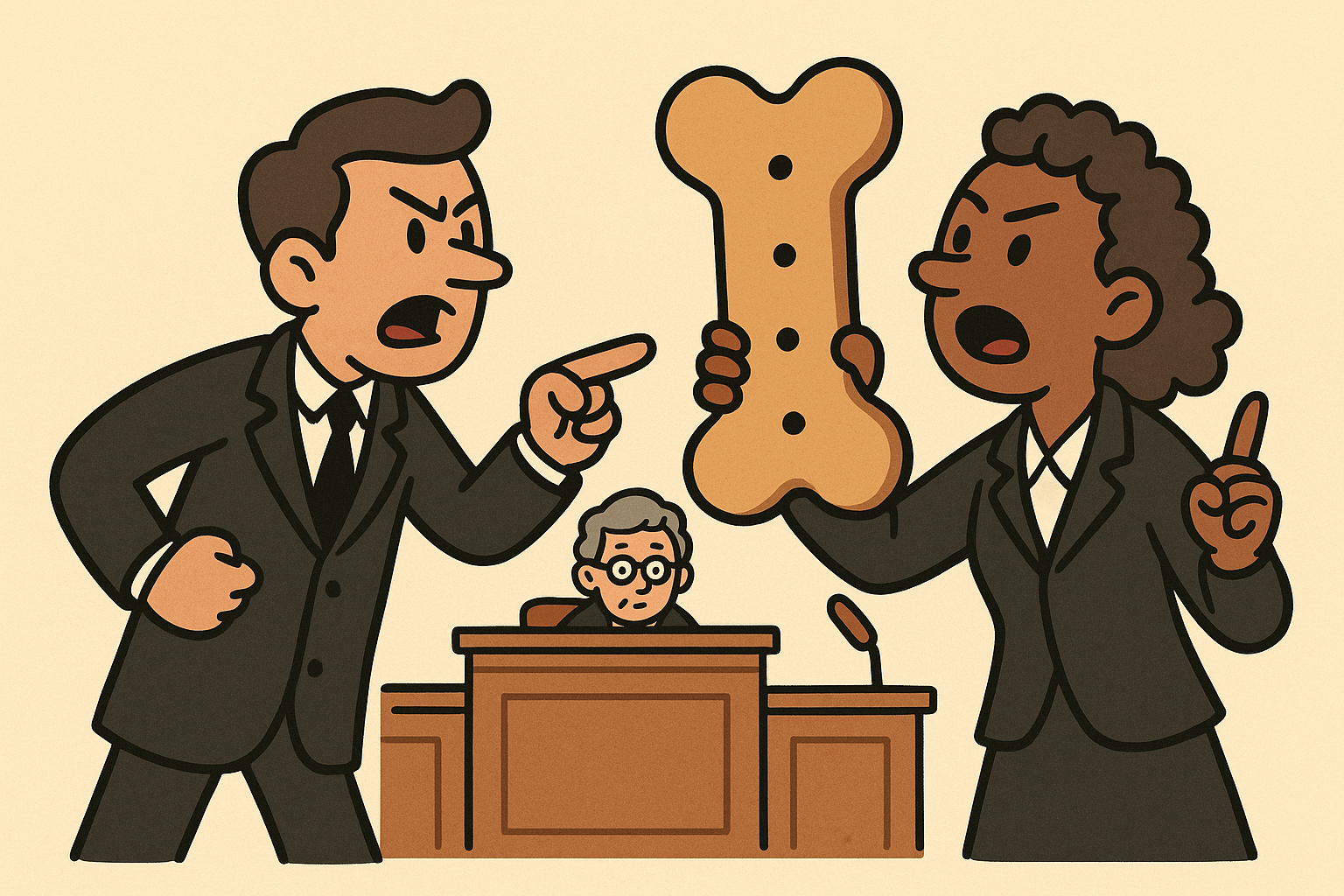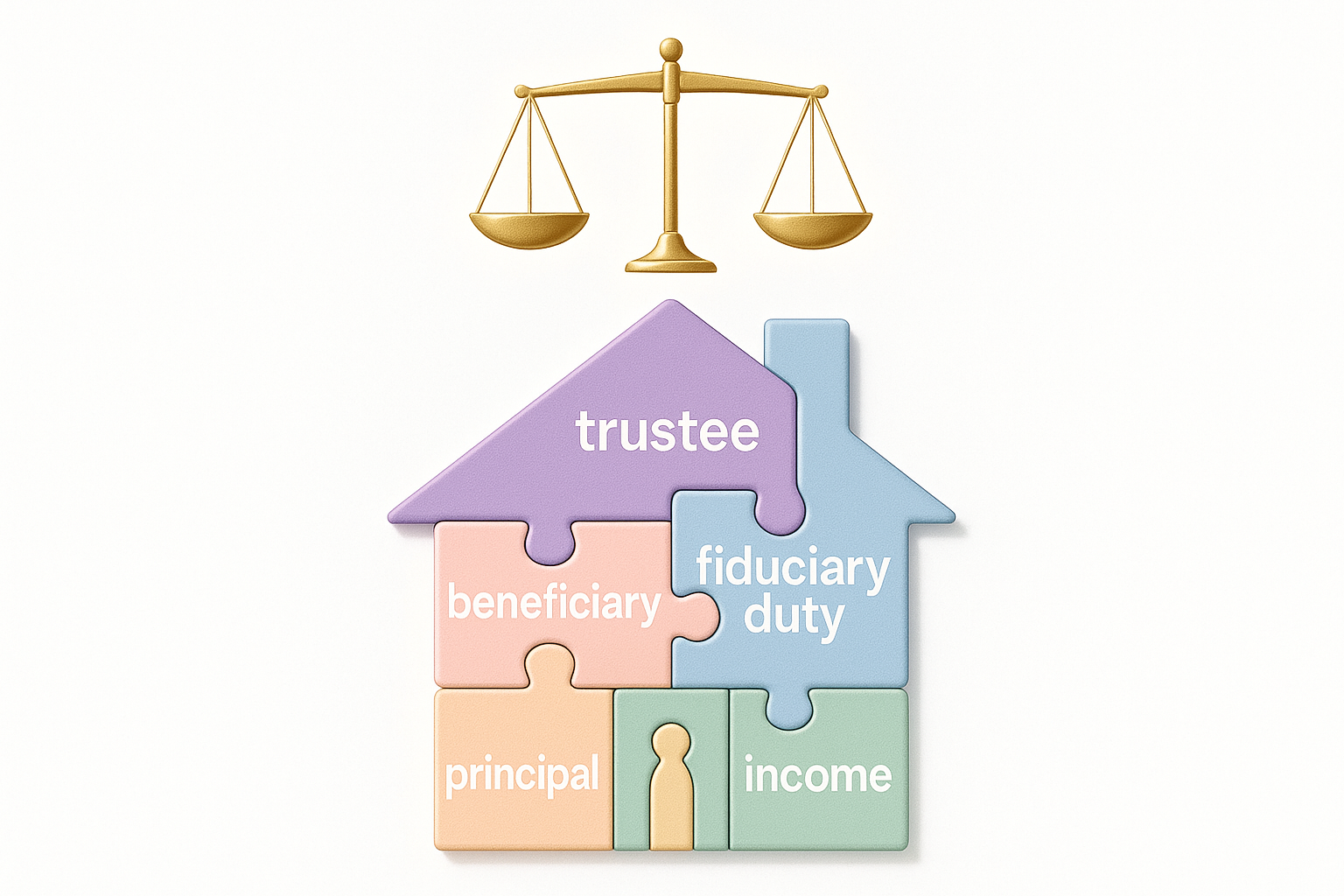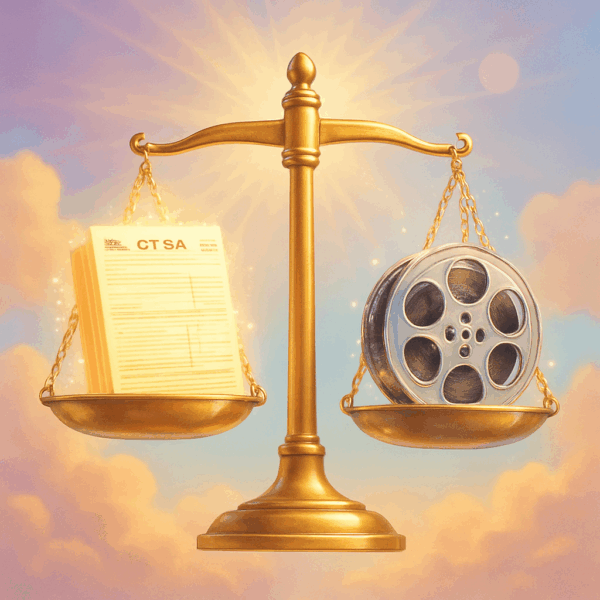
How a herring boat fight rewired U.S. administrative law—and what it means for agencies, regulated industries, and your litigation strategy.
On a Friday morning at the end of June 2024, a case about who pays for federal observers on Atlantic herring vessels became the vehicle for something much bigger: the Supreme Court erased Chevron deference, the 40‑year presumption that courts would honor reasonable agency interpretations of ambiguous statutes. In Loper Bright Enterprises v. Raimondo, Chief Justice John Roberts’ majority opinion said, in essence, that judges—not agencies—must decide what statutes mean, full stop. The vote was 6–2; Justice Ketanji Brown Jackson was recused.¹
“The majority turns itself into the country’s administrative czar.” —Justice Kagan, dissenting²
For administrative & regulatory law practitioners, in‑house counsel, and compliance teams, this is the rare “OS upgrade” moment: the core standard of judicial review on which modern rulemaking, enforcement, and regulatory compliance have run since 1984 has been replaced. Below, we unpack what changed, what didn’t, and how to recalibrate litigation strategy, risk assessments, and governance—in plain English.
Visual Case Brief — Loper Bright Enterprises v. Raimondo (2024)
| Field | Snapshot |
|---|---|
| Case | Loper Bright Enterprises v. Raimondo |
| Citation | 603 U.S. 369 (2024) |
| Argued / Decided | Jan. 17, 2024 / June 28, 2024 |
| Vote | 6–2 (Jackson recused) |
| Majority | Roberts, C.J. (joined by Thomas, Alito, Gorsuch, Kavanaugh, Barrett) |
| Concurrences | Thomas; Gorsuch |
| Dissent | Kagan (joined by Sotomayor) |
| Question Presented | Should Chevron be overruled or clarified? |
| Holding | The APA requires courts to exercise independent judgment on questions of law; courts may not defer to an agency’s interpretation just because a statute is ambiguous. *Chevron is overruled.*¹ |
| Disposition | Vacated and remanded to the D.C. Circuit and First Circuit for review without Chevron.¹ |
What Chevron Was—and Why Its Demise Matters
For four decades, Chevron deference operated as a two‑step framework: (1) If Congress spoke clearly, courts applied that meaning; (2) If the statute was silent or ambiguous, courts deferred to any reasonable agency interpretation. In practice, Chevron was the background rule that let expert agencies fill gaps in environmental, healthcare, financial, telecom, and labor statutes—so long as they stayed plausible. The doctrine’s footprint was enormous: Justice Kagan’s dissent counted 70 Supreme Court and 18,000+ federal‑court decisions applying Chevron‑style deference.² The Courts of Appeals likewise applied Chevron in the vast majority of cases presenting agency interpretations.³
Why it mattered: Chevron meant that in close statutory fights, agencies usually won—and regulated parties often litigated uphill. That presumption has now reversed: ambiguity no longer points to the agency; the court must decide the “best” reading.
What Exactly Changed (and What Didn’t)
Changed: Judicial Deference on Questions of Law. The Court read the Administrative Procedure Act (APA) § 706 to require independent judicial judgment on statutory meaning. Agencies’ legal interpretations no longer receive controlling weight just because a statute is ambiguous. Courts may still take agency views seriously—especially long‑standing, expert, and well‑reasoned positions—but only for their power to persuade (think Skidmore “respect,” not Chevron “deference”).¹,⁴
Not Changed: Deference on Facts and Discretion. Loper Bright does not disturb (a) deference to agency factfinding (e.g., “substantial evidence” review of formal adjudications); or (b) respect for discretion Congress expressly delegates (e.g., “appropriate and necessary” findings, defined standards, or policy choices within set bounds). Courts will still police the boundaries of delegations, but they won’t second‑guess choices inside those bounds except under familiar arbitrary and capricious review.⁴
Practical upshot: Statutory interpretation will now drive administrative litigation. Expect more textual arguments, canons of construction, structure and purpose analysis, and legislative history—with agency briefs framed to persuade rather than to claim automatic Chevron insulation.⁴
The Corner Post Multiplier: Why Stale Rules Are Fresh Targets
Three days after Loper Bright, the Court decided Corner Post v. Board of Governors. There, the justices held that the APA’s six‑year limitations period starts when this plaintiff is first injured—not when the regulation was issued. That means new entrants can challenge old rules as soon as those rules begin to hurt them, even if the rule has been on the books for a decade or more.⁵ A nonpartisan CRS analysis calls this a significant extension of when APA challenges can be brought.⁶
Why it matters together: Loper Bright (no Chevron) + Corner Post (late challenges allowed) creates a two‑front shift: more suits and fewer safety nets for agencies defending interpretations of ambiguous statutes.
By the Numbers — The Post‑Loper Playbook (One‑Page Stats)
| Metric | Then | Now |
|---|---|---|
| Standard for agency statutory interpretations | Chevron Step Two: court defers if agency is reasonable | No deference on law; court chooses best reading (agency views can persuade)¹,⁴ |
| Weight for agency expertise | High if ambiguity | Persuasive only (Skidmore)¹,⁴ |
| Factfinding review | “Substantial evidence” | Unchanged⁴ |
| Delegated discretion | Respected within statutory bounds | Unchanged (courts fix limits; agencies act inside them)⁴ |
| Chevron’s footprint | 70 SCOTUS & 18,000+ federal‑court decisions | Overruled (precedents don’t vanish but lose Chevron’s shield)² |
| Limitations to attack old rules | Accrued at issuance (many courts) | Accrues at injury to this plaintiff (Corner Post)⁵,⁶ |
 Industry Impacts: What General Counsel, Chief Compliance Officers, and Practice Groups Should Expect
Industry Impacts: What General Counsel, Chief Compliance Officers, and Practice Groups Should Expect
1) More challenges, more forum selection games. Without a deference thumb on the scale, regulated entities have stronger incentives to sue—and to choose forums where textualism dominates. Expect split outcomes across circuits until questions reach SCOTUS.⁴
2) Narrower, more text‑anchored rulemaking. Agencies will write rules that hew more tightly to clear statutory hooks; preambles will feature more statutory construction and record evidence aimed at persuading Article III judges on the merits.⁴
3) Compliance volatility. Longstanding regimes—especially those resting on silence or ambiguity—will see renewed litigation. Build contingency plans for vacaturs and quick pivots (e.g., alternative operational pathways, contract language that allocates regulatory‑change risk, and playbooks for voluntary compliance when rules wobble in the courts).⁴,⁶
4) Legislative pressure. Industries seeking stability will push Congress for clearer statutes or express delegations; agencies may ask for targeted amendments rather than rely on implied gap‑filling. Expect more fights over the nondelegation doctrine in 2025‑26 as litigants test how much policymaking discretion Congress can give agencies at all.⁷
Practitioner’s Toolkit: How to Litigate—and Counsel—After Loper Bright
For challengers (private bar / impact litigators / trade groups):
-
Lead with text and structure. Frame the “best reading” early and show why competing readings are grammatically or structurally inferior. Anchor to statutory context and whole‑act canons.
-
Exploit silence carefully. In the post‑Chevron world, silence ≠ delegation. Argue that silence limits power unless Congress clearly said otherwise.
-
Pair with Corner Post. If your client is a newly injured entrant, plead accrual carefully to unlock review of long‑standing rules.⁵,⁶
-
Build the record of consequences. On arbitrary and capricious grounds, emphasize how agency choices misfit the statute’s design or ignored reliance interests.
For defenders (agency counsel / SG shops / defense‑side firms):
-
Write for Skidmore. Treat notices of proposed rulemaking and preambles as briefs to an eventual judge: reasoned analysis, consistent history, and technical evidence that earns respect even without deference.⁴
-
Separate law from discretion. Show that the statute clearly delegates policy space—and that your decision stays inside the fence line with reasoned explanation.
-
Mind stare decisis and reliance. Where caselaw sustained your approach before, argue stability and settled expectations; Loper Bright does not automatically unravel prior holdings.⁴
-
Anticipate nondelegation/major questions overlays. Avoid overreading broad purpose clauses; pinpoint specific authorizations.
For in‑house legal & compliance:
-
Audit ambiguity exposure. Inventory policies that rest on ambiguous statutory text. Prioritize business lines with high dollar risk if rules fall.
-
Scenario plan. Map operational toggles for courthouse outcomes (vacatur vs. remand without vacatur), and bake regulatory‑change clauses into commercial contracts.
-
Budget for litigation. The expected value of suing (or intervening) just increased. Revisit outside counsel strategies, appellate monitoring, and amicus budgets.
The Bigger Arc: A Re‑balanced Administrative State—Or a Fragmented One?
Optimists see Loper Bright as a separation‑of‑powers correction, forcing Congress to be clearer and courts to do judicial review the old‑fashioned way. Skeptics see a recipe for fragmentation, as generalist judges decide dense technical questions, sometimes in forum‑selected venues, while agencies retrench and Congress lags.
Here is the consensus prediction: more litigation, narrower rules, and a premium on statutory craftsmanship. The action shifts from Chevron Step Two to the first principles of statutory interpretation—and to whether Congress spoke clearly enough in the first place.
Endnotes
-
Majority holding, vote, and remedy. Loper Bright Enterprises v. Raimondo, slip op. (June 28, 2024) (Roberts, C.J.) (APA requires independent judicial judgment; “Chevron is overruled.”; vacatur and remand); see also SCOTUSblog case file (judgment, lineup, and recusal). Supreme CourtSCOTUSblog
-
Scope of Chevron’s footprint; dissent’s “administrative czar” line. Loper Bright, Kagan, J., dissenting (70 Supreme Court cases; 18,000+ federal‑court citations; “administrative czar”). Supreme Court
-
Chevron’s frequency in the Courts of Appeals. CRS, Chevron Deference in the Courts of Appeals (reporting high rates of application in cases presenting agency interpretations). Congress.gov
-
What changed (law), what didn’t (facts & discretion), and the turn to Skidmore “respect.” Cleary Gottlieb, After Chevron: What the Supreme Court’s Loper Bright Decision Changed, and What It Didn’t (explaining continued deference to factfinding, respect for delegated discretion, and the persuasive weight of agency expertise). Cleary Gottlieb
-
Accrual and timing after Corner Post. Corner Post, Inc. v. Board of Governors of the Federal Reserve System, slip op. (July 1, 2024) (APA claim accrues when this plaintiff is first injured). Supreme Court
-
CRS Sidebar on Corner Post’s implications. CRS, Corner Post and the Statute of Limitations for Challenges to Agency Rules (impact on windows to sue and potential “re‑litigation” of long‑standing rules). Congress.gov
-
What to watch next (nondelegation and adjacent doctrines). Reuters legal analysis on the Court’s post‑Loper trajectory and pending challenges raising nondelegation‑style questions about agency authority. Reuters









